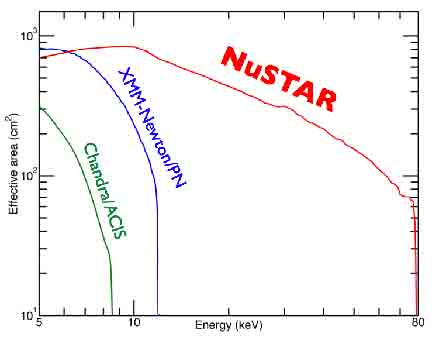These eBooks provide the clearest, most
comprehensible, most complete, and least expensive presentation of
General Relativity. The last two volumes of my four-volume set explore
the most advanced topics, including:
-
orbits around black holes;
-
precession of planets and binary pulsars;
-
light reflection from black hole vicinity;
-
geometric origin of conservation laws;
-
relativistic stars and neutron stars;
-
the expansion equation of the universe;
-
and frame-dragging near spinning black holes.
General Relativity 3 & 4
are for true aficionados, not for the faint at heart. Starting from the
simplest concepts, these books delve deep into the blood and guts of
the most profound theory of science.
General Relativity 3 & 4
introduce and explain the tensor calculus of differential topology, the
essential mathematics that Einstein employed to understand the cosmos.
Collected here are difficult-to-find, detailed derivations and
explanations of the most exotic phenomena in our universe, including:
Schwarzchild metric, Kerr-Newman metric, Oppenheimer-Volker equation for
relativistic stars, and FRW expansion equation for each curvature
class.
With these eBooks, readers can truly understand the discoveries of
modern astronomy and cosmology. And they’re are just in time to explain
NuStar’s remarkable discovery: the first measurement of a black hole’s
spin velocity.
Described in my September 2012 newsletter,
NuStar was created by Caltech professor Fiona Harrision, who admits:
“burning through a lot of graduate students.” Shown below is its
performance compared with prior X-ray telescopes.

NuStar dissected the spectra of X-rays
reflected by the curved spacetime of a supermassive black hole at the
heart of galaxy NGC 1365, shown below, and determined this black hole is
spinning with a velocity of at least 84% of the speed of light.

General Relativity 3 & 4, explain how black holes can reflect light and even act like mirrors.
Science can be more surprising and more enjoyable than fiction.
Best Regards,
Robert
August 26, 2013
Note: Previous newsletters can be found on my website
|